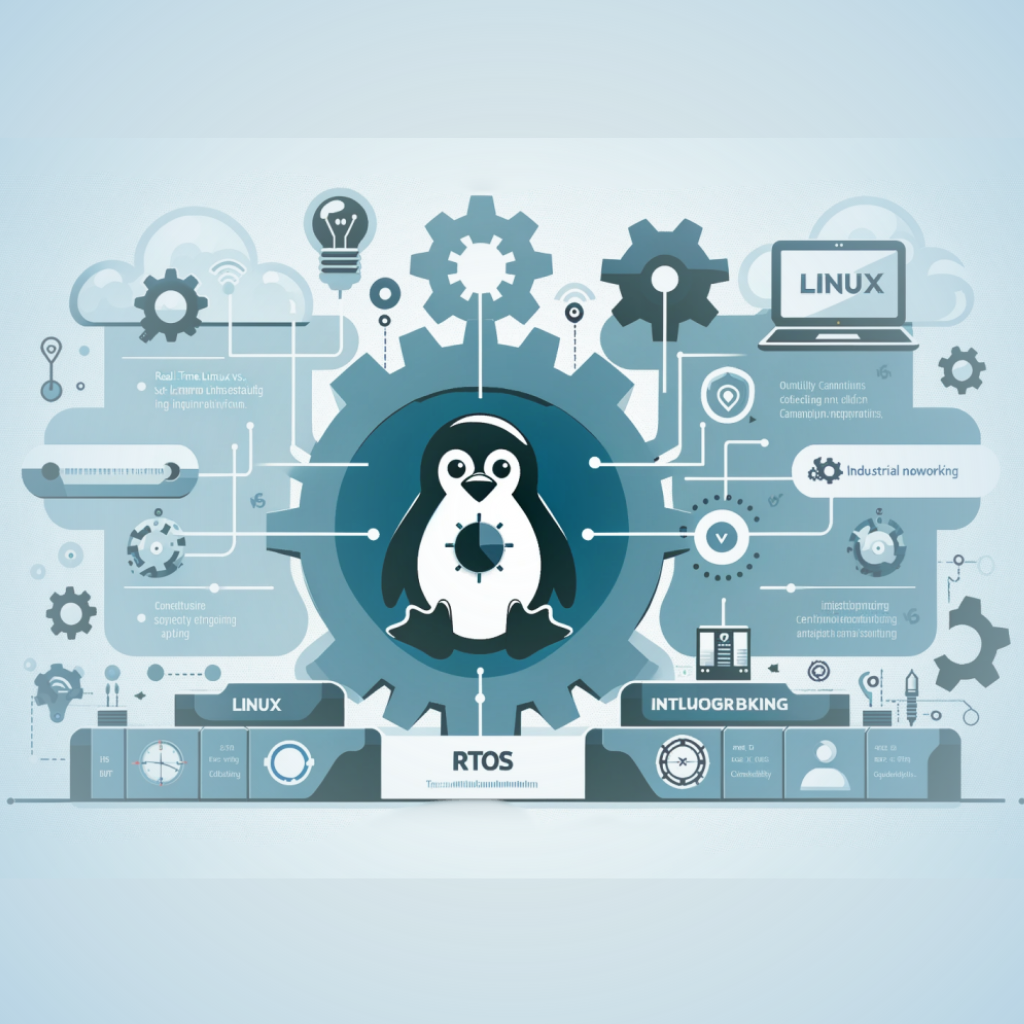What is Industrial Linux?
Linux On IoT
Industrial Linux, also known as Industrial Grade Linux or Industrial IoT (Internet of Things) Linux, refers to specialized versions of the Linux operating system tailored for industrial applications and devices. These applications often require specific features, robustness, and real-time capabilities to meet the demands of industrial environments. Industrial Linux is designed to address these requirements and is widely used in sectors such as manufacturing, automation, robotics, and embedded systems. Here are the key aspects of Industrial Linux:


Linux On IoT
Industrial Linux, also known as Industrial Grade Linux or Industrial IoT (Internet of Things) Linux, refers to specialized versions of the Linux operating system tailored for industrial applications and devices. These applications often require specific features, robustness, and real-time capabilities to meet the demands of industrial environments. Industrial Linux is designed to address these requirements and is widely used in sectors such as manufacturing, automation, robotics, and embedded systems. Here are the key aspects of Industrial Linux:
Main Features Of Industrial Linux
1. Real-Time Capabilities:
Industrial processes often require real-time responses. Industrial Linux variants are optimized to provide predictable and low-latency responses, ensuring timely and accurate control in applications like robotics and automation.
2. Reliability and Stability:
Industrial environments can be harsh, with extreme temperatures, humidity, and vibration. Industrial Linux is engineered for reliability and stability, ensuring continuous operation even in challenging conditions.
3. Long-Term Support (LTS):
Similar to enterprise Linux, industrial Linux distributions offer long-term support, providing security updates and maintenance over an extended period. This is crucial for industrial systems that are expected to have a long operational life.
4. Real-Time Kernel:
Many Industrial Linux distributions utilize real-time kernels, which are customized to handle tasks with precise timing requirements. Real-time kernels ensure that critical processes are executed without delays, making them suitable for applications where timing is crucial.
5. Low Footprint:
Industrial devices often have limited resources. Industrial Linux variants are optimized to have a small footprint, conserving system resources and allowing them to run on embedded and low-power devices efficiently.
6. Industrial Protocols Support:
Industrial networks use specific communication protocols such as Modbus, OPC UA, and PROFINET. Industrial Linux distributions come with built-in support for these protocols, enabling seamless integration with industrial automation systems.
7. Security:
Security is paramount in industrial environments. Industrial Linux incorporates robust security features, ensuring data integrity, confidentiality, and protection against cyber threats. Regular security updates are provided to safeguard against vulnerabilities.
8. Customizability:
Industrial Linux allows for a high degree of customization. Manufacturers and developers can tailor the operating system to the specific requirements of their industrial applications, adding or removing components as needed.
9. Integration with IoT Technologies:
With the rise of Industrial IoT, Industrial Linux distributions are designed to seamlessly integrate with IoT technologies. They support protocols and standards essential for IoT communication, enabling efficient data exchange and analysis in industrial settings.
In summary, Industrial Linux is a specialized version of the Linux operating system developed to meet the unique demands of industrial applications. Its focus on real-time capabilities, reliability, security, and customization makes it well-suited for a wide range of industrial devices and automation systems.



